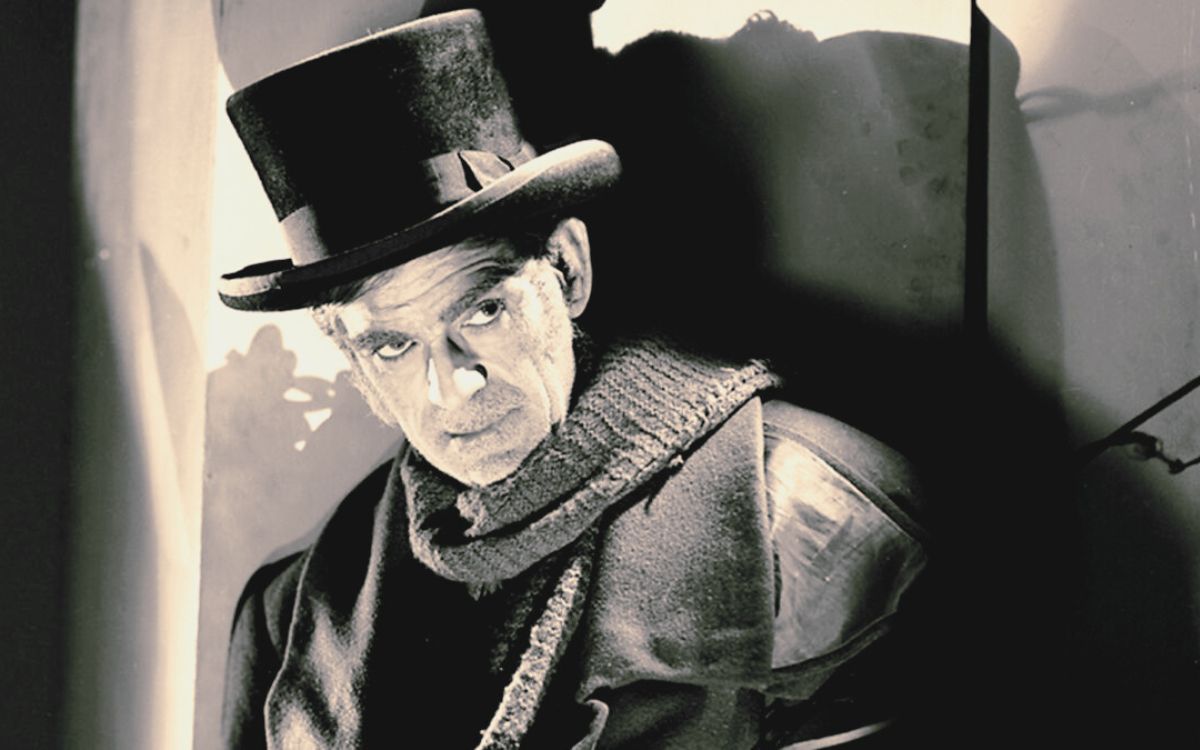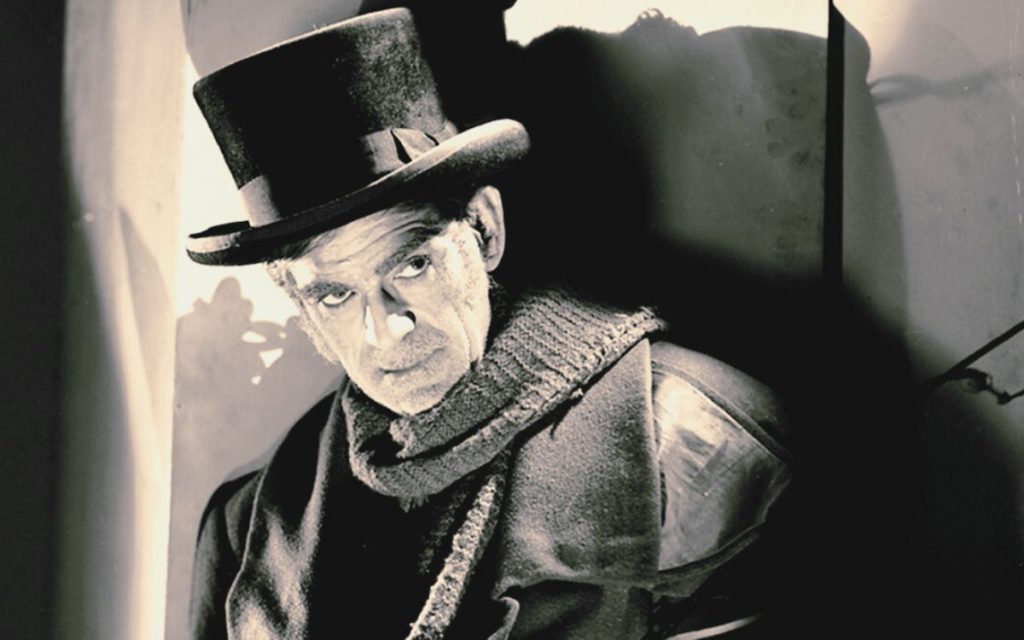Robert Louis Stevenson’s The Body Snatcher is a dark, atmospheric tale that blends real-world horror with the supernatural in just 22 pages, writes KATHERINE SANKEY
The Body Snatcher (1884) is a creepy short story by the famous Scottish writer Robert Louis Stevenson.
Originally written for the Christmas issue of the Pall Mall Gazette, the story is set during the period when medical schools required human bodies for dissection and began paying men to dig up corpses.
The narrative opens in the first person, with an unnamed narrator describing the small group of men he spends his evenings with in the pub.
There is the landlord, the undertaker, and a Scotsman called Fettes.
This last gentleman is referred to as ‘the doctor’ by the others, due to his medical knowledge.
He is well educated and financially secure, but also a drunk, often downing five rums a night.
One evening, a politician appears to have taken ill at the pub, and his doctor is summoned from London.
When the men mention that the doctor’s name is Macfarlane, however, Fettes immediately becomes agitated.
It’s clear the two men share a past, and Fettes confronts Macfarlane at the foot of the stairs, badgering him until he leaves.
Why Fettes is so upset is not immediately clear, but the incident creates a deep sense of curiosity among the regulars.
At this point, the narrative shifts slightly, with the unnamed narrator claiming to be the only one who later discovered the truth.
Stevenson then tells a darkly fascinating tale about the younger Fettes, who, as a medical student, worked alongside Macfarlane as a body snatcher.
Initially content with the work, Fettes’ morality is increasingly tested as the story progresses—until he is finally confronted with a supernatural event.
‘Exploring human morality through the lens of science’
As with Stevenson’s later work, The Strange Case of Dr Jekyll and Mr Hyde, this story explores human morality through the lens of science.
Both tales feature protagonists who struggle with their darker instincts and ultimately succumb to selfish motives.
These characters could easily come across as unlikeable—and indeed Fettes does, to a degree—but Stevenson writes them with such humanity that it’s difficult not to relate to their predicaments.
Fettes is placed in a situation many might recognise: working in an institution where those in charge expect others to accept or ignore unethical practices.
This makes the story feel surprisingly relevant today, raising questions about how and where we draw our own moral boundaries.
The writing itself is well done and well paced.
There’s a good balance between description and action, and the prose never feels heavy.
When Macfarlane and Fettes go to snatch a body towards the end, the scenes are wonderfully atmospheric, with the pair navigating through a late-night rainstorm to reach an isolated country graveyard.
While the supernatural element is great fun and suitably creepy, I think it’s a testament to Stevenson that the story remains compelling even before the preternatural events arrive.
I also wonder whether the modern reader might get more from this tale than those reading it at the time.
We have the benefit of hindsight, knowing that these bodies did help to advance medicine.
At the same time, we cannot ignore the grim reality of grave robbing that accompanied it.
Stevenson highlights this horror, eliciting sympathy for the dead as he describes how an old woman will be separated from her family on the Day of Judgement because her grave has been emptied.
All in all, The Body Snatcher is another excellent piece of writing from Robert Louis Stevenson.
It’s a tale of morality, the dead, and a historical period in which scientific progress was often fuelled by dark deeds—all in just twenty-two pages.
You can find this short story in a collection online. I highly recommend you give it a read.
KATHERINE SANKEY is a freelance writer from the East Midlands. A recent graduate of the University of Kent, she has written flash fiction for Daily Science Fiction, Flash Point Science Fiction, Coffin Bell, Black Hare Press and Wicked Shadow Press. Her most recent short horror story ‘Coffin Box’ was recorded as a Patreon audio for the website Creepy.



